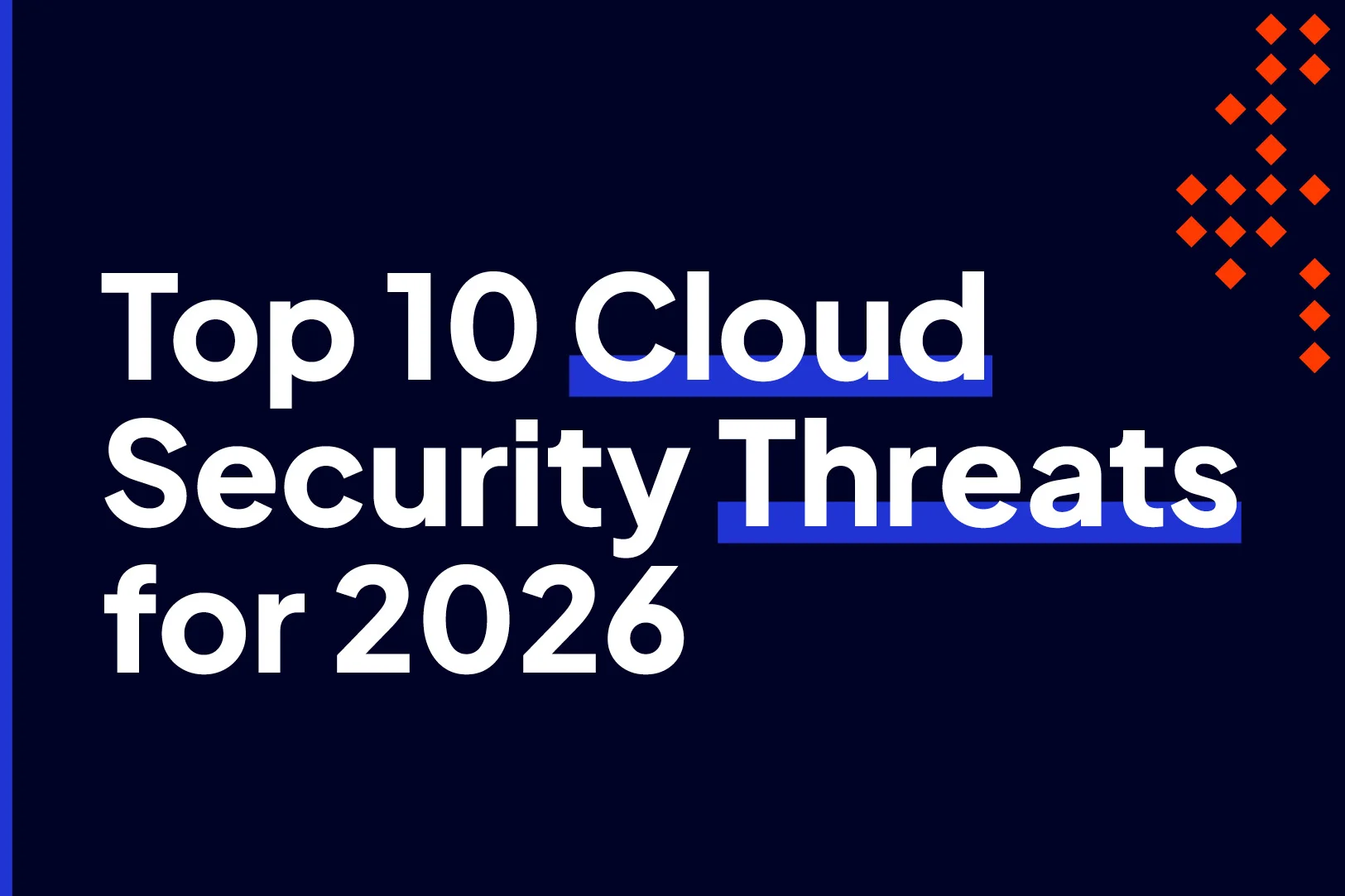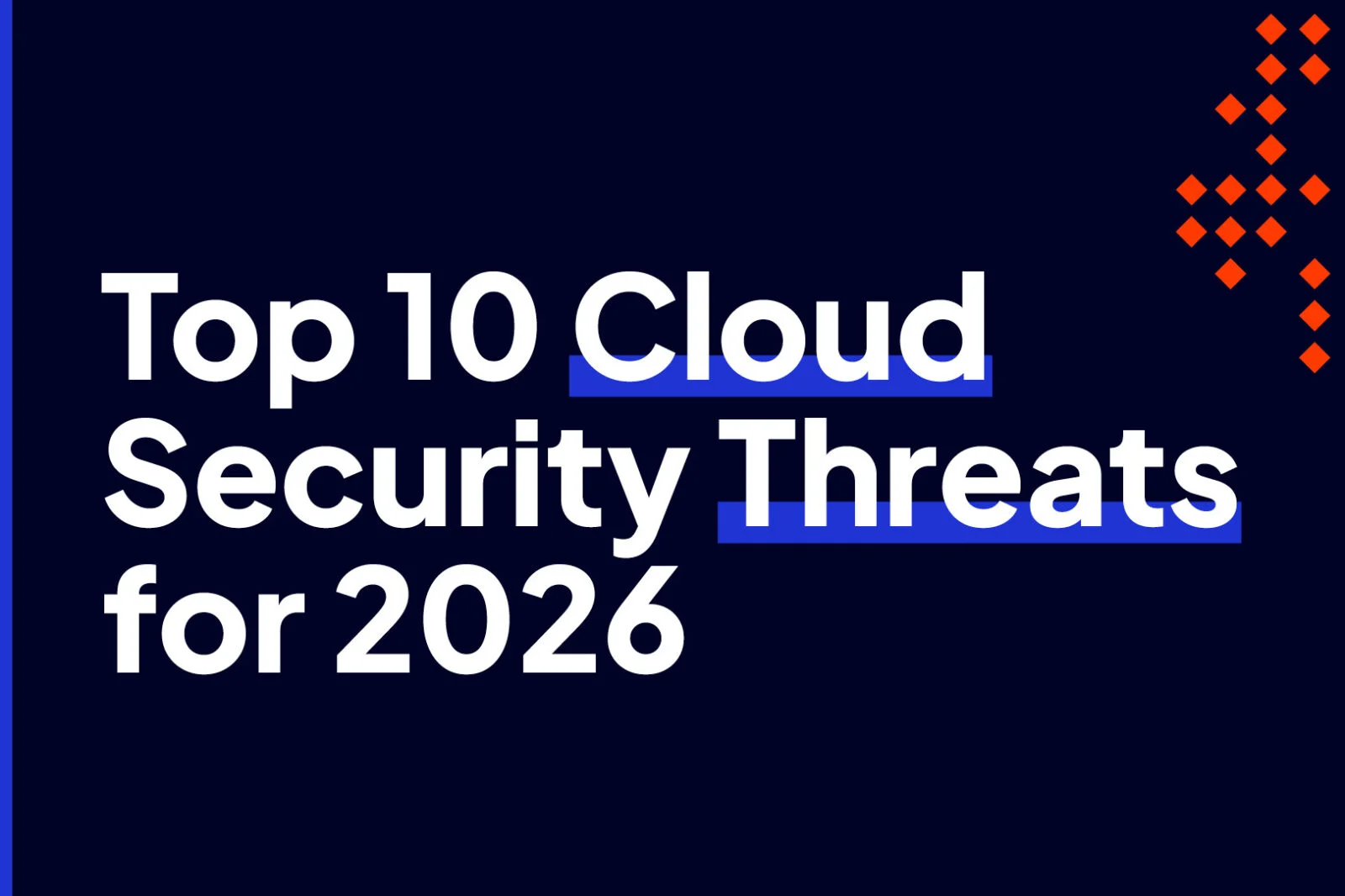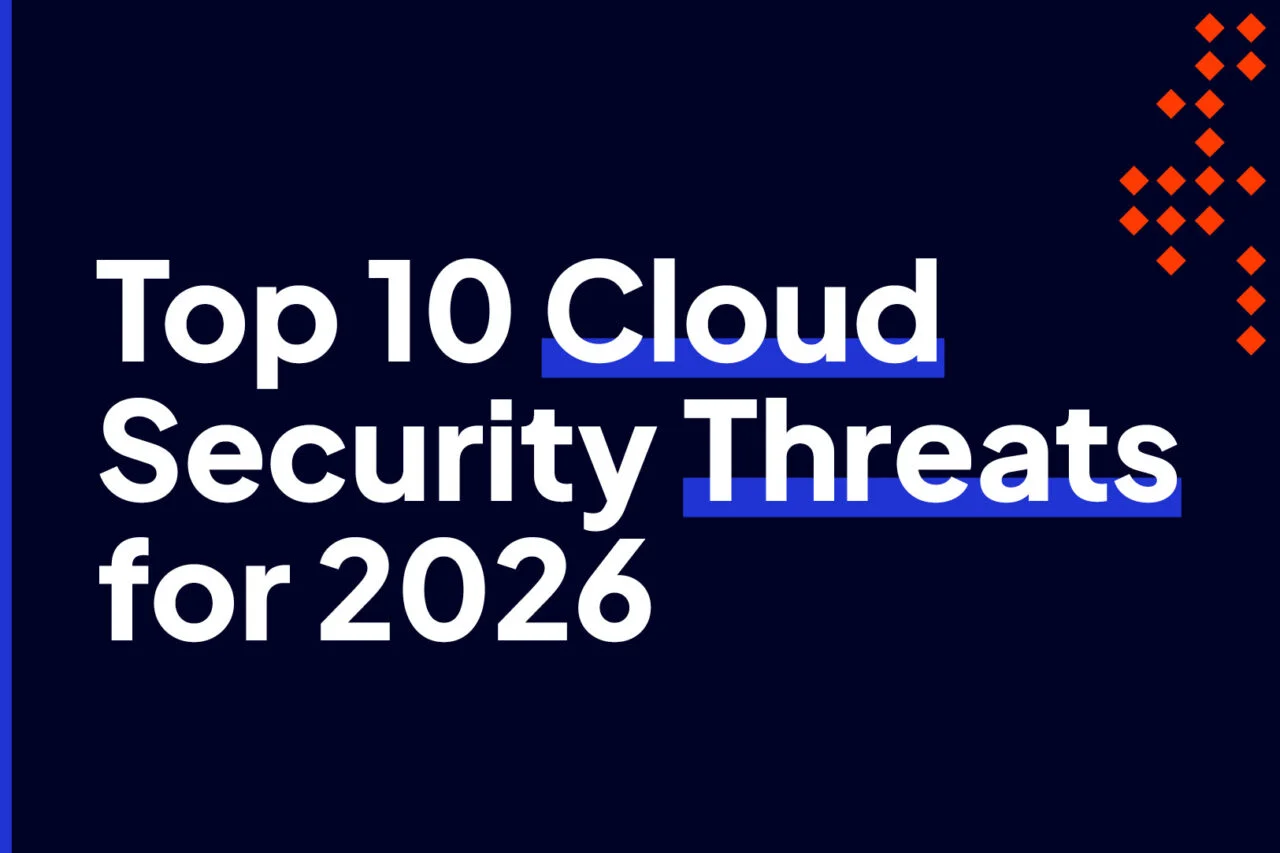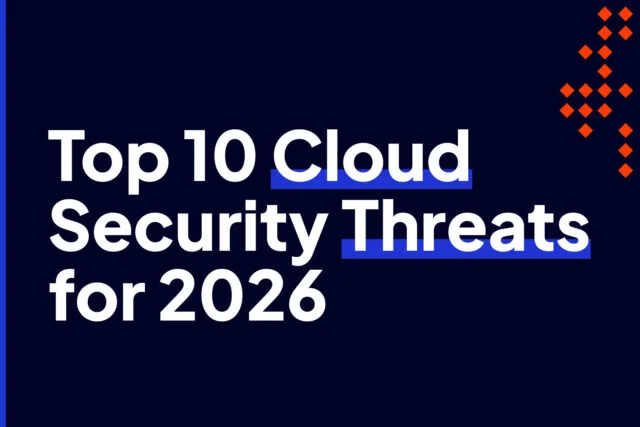






The burgeoning Internet of Things (IoT) heralds an era of unprecedented connectivity. Yet, this digital renaissance brings forth a complex array of cybersecurity challenges. This article delves deeper into the vulnerabilities of the IoT ecosystem, explores the multifaceted nature of securing such a diverse network, and strategizes robust defense mechanisms to protect both consumer and industrial domains.
The Internet of Things (IoT) intertwines the physical and digital realms, creating a network of interconnected devices that spans the globe. This vast integration promises efficiency and convenience but also poses significant security risks. With billions of devices connected, the cybersecurity implications are profound, presenting a multifaceted challenge that demands immediate and comprehensive solutions.
IoT devices, from smart home appliances to industrial sensors, are often designed prioritizing functionality over security. This leads to a wide range of vulnerabilities, such as weak passwords, unpatched software, and unprotected network interfaces.
The Mirai botnet attack is a prime example, where millions of IoT devices were hijacked to launch a massive DDoS attack, crippling major internet platforms. Another notable incident involved a casino's smart thermometer in an aquarium being used to gain access to the network and steal sensitive data. These examples highlight the critical need for enhanced security measures in IoT devices.
The diversity and scale of the IoT ecosystem make uniform security protocols a daunting task. For instance, the challenge of securing legacy systems that were not designed with internet connectivity in mind, such as industrial control systems, requires innovative retrofitting strategies without compromising operational integrity.
The development and implementation of industry-wide security standards, like those proposed by the IoT Security Foundation, offer a blueprint for secure device manufacturing and maintenance. Furthermore, advancements in edge computing present opportunities for decentralized security solutions, reducing reliance on central networks and mitigating the risk of widespread attacks.
The consumer IoT focuses on securing personal data and privacy. Efforts to enhance consumer device security include the introduction of automatic software updates and encryption protocols for data transmission. For example, companies like Apple and Amazon have implemented stringent security measures in their smart home devices, including two-factor authentication and end-to-end encryption.
In contrast, the industrial IoT prioritizes the protection of critical infrastructure and operational continuity. The Stuxnet worm's attack on Iranian nuclear facilities illustrates the potential consequences of compromised industrial IoT systems. To combat such threats, industries are adopting Zero Trust architectures, requiring verification from every device attempting to connect to the network, and deploying advanced anomaly detection systems to monitor for unusual activities that could indicate a cyber-attack.
Leading tech companies are actively developing solutions to bolster IoT security. Microsoft's Azure Sphere is an example of a comprehensive security solution for IoT devices, offering integrated hardware, software, and cloud components designed to secure IoT devices throughout their lifecycle. Similarly, Google Cloud IoT provides robust tools for managing IoT device security, including automatic encryption and secure device authentication.
Intrusion’s stance has always been one of “verify before trust.” Intrusion blocks malicious and unknown domains and IPs, securing a customer's whole network, including their IoT devices.
The global nature of the IoT necessitates international collaboration and standardization of security practices. The European Union's General Data Protection Regulation (GDPR) has set a precedent for IoT data security, imposing strict requirements for data protection and privacy. In the U.S., California's SB-327 law mandates that IoT devices sold in the state must have reasonable security features. These regulatory efforts, alongside international standards developed by bodies like the International Telecommunication Union (ITU), are critical for fostering a secure IoT ecosystem.
The path to securing the Internet of Things is intricate, requiring diligent efforts across the spectrum of stakeholders. From enhancing the visualizations security of individual devices to fostering global collaboration on standards and regulations, the challenges are significant but not insurmountable. As we continue to navigate this evolving landscape, the collective pursuit of robust cybersecurity measures will be paramount in realizing the full potential of the IoT while safeguarding